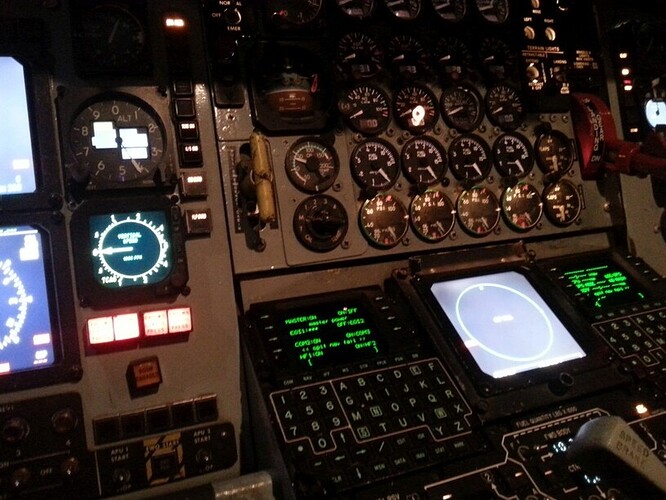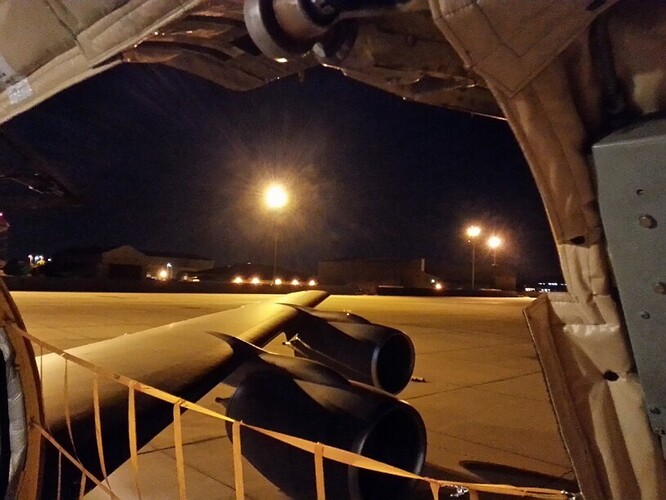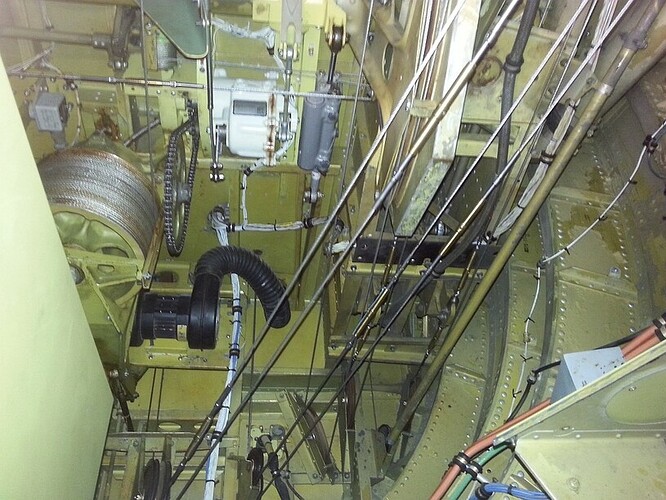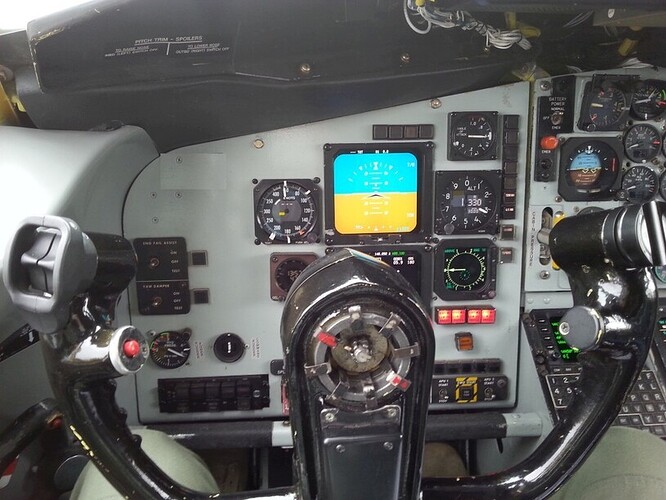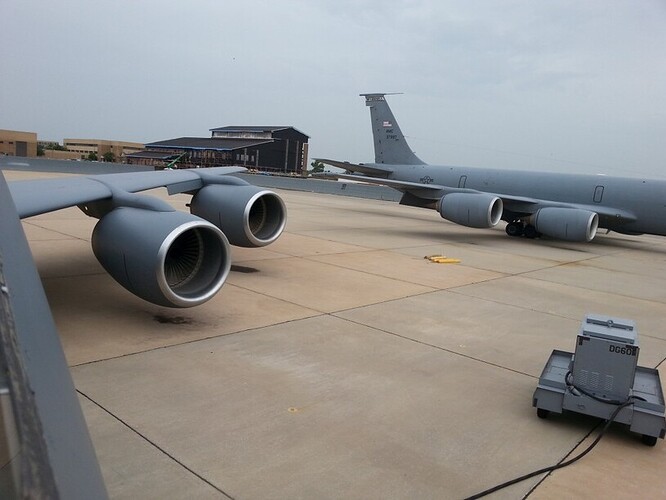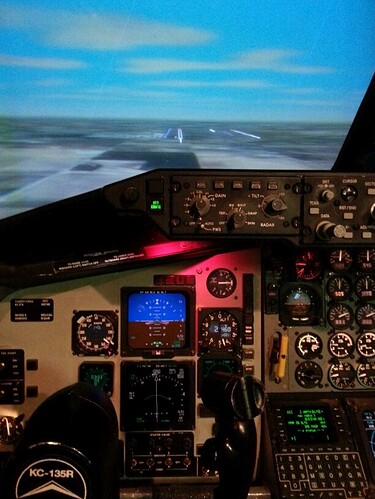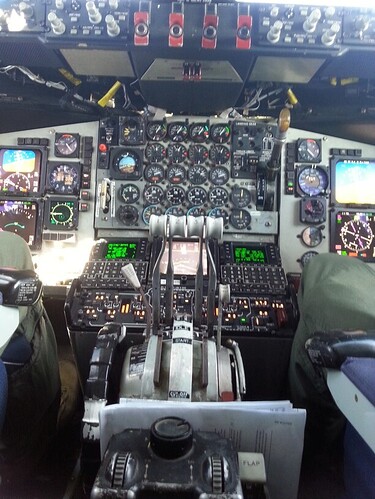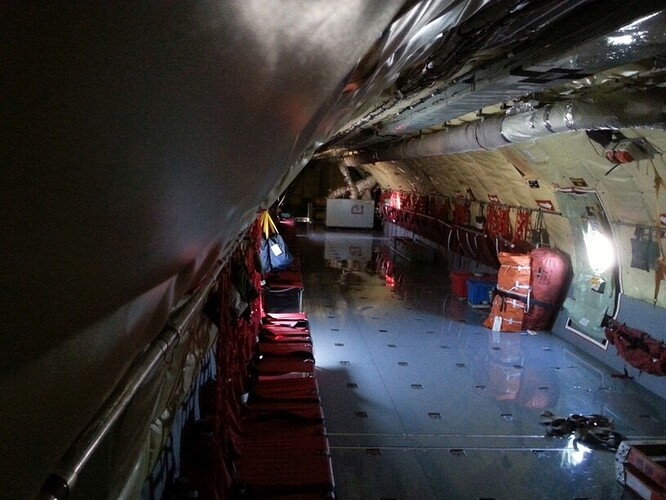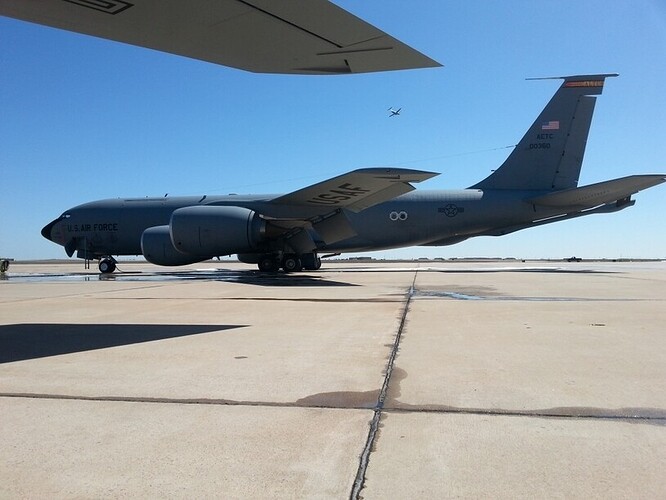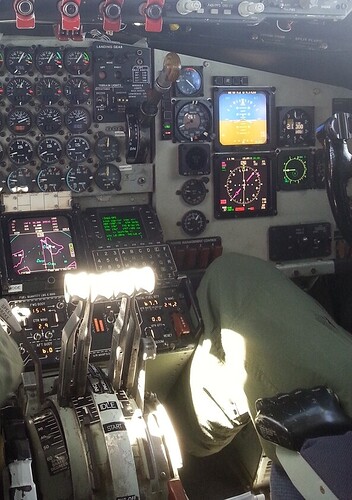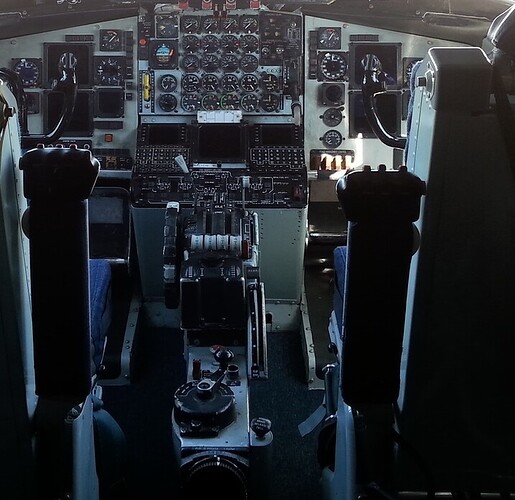Difference of throttle linage is simulated in a sim. It doesn’t do a proper job for PMCs.
Flight Planning
What does it take to prepare for a training flight?
A day prior to take-off, students spend 4 hours getting paperwork done. They build their mission in a special software, plan departures and arrivals with approaches, timing and winds, and then save it on a special data card to use in the aircraft. Also students build and print maps, create international flight plan (DD-1801) and fill out other paperwork. With practice it takes less time.
Second part of the day is used to brief your crew which takes about 1 to 1.5 hours. Then instructor and students talk about general knowledge and airplane systems . Typically that takes 3+ hours. So all together day prior you spend from 8 to 10 hours getting prepared.
Day of the flight, show time is ~ 3.5 hours from the take-off time. One hour prior to walking to the jet is used to finish any briefing items and talk about changes; weather, NOTAMS, TOLD(take off and landing data) and any additional training items. It takes 30 minutes to walk to the jet, review forms and brief ground crew so everyone on the same page. 2 hours prior the take off, flight crew start running their checklists. Engine start is 15-25 minutes prior to take-off. Taxi can take about 10 minutes depending how far you need to go.
Does you need that much time? No. But things go wrong often and maintenance need time to fix it. For example in this picture one INU is having a hiccup.
Then actual flight starts. Depending on training it can take 4.5 hours. After landing, taxi and engine shutdown and rest of checklists take another 30 minutes. Finally debriefing start for another 1 to 2 hours. So another 10 hour day.
I think this is something that most flight simmers don’t appreciate. In the comfort of our home cockpits, we typically strap in a few minutes before takeoff, just long enough to start up TrackIR and our flight program of choice, whereas the amount of prep time in real aircraft is enormous.
Us couch-jockeys think we’re hot-snot because we can fire an AIM-120 at the top of a barrel-roll, but real pilots earn their wings for being able to recover from unusual situations and emergencies, things rarely even simulated at home. Sims need to throw more “gotchas” at sim pilots - bad INSs, engine fires, weapon BIT failures, etc., and I’m sure we’d all have some more interesting stories to share.
Very true. Sim flying is a whole different, and usually more relaxed animal. It isn’t unusual to go do a mission, come back and fly a straight in to the airfield in visual conditions in sims like DCS World. In reality, you are participating in an air traffic system, setting up navigation radios, and doing a dozen other things just to get to and from the battlefield. Even for a relatively straightforward international flight to Bermuda we have a 2-hour pre-flight show to look over all the gotchya items. Weather, NOTAMs, fuel releases, APIS, customs, immigration, ICAO flight plan, fuel load, weight & balance, operational control release, is the FBO going to be open, do they have Prist (anti-ice additive), is there a passenger, do they have any baggage, are their passports current, is my passport current, are my flight nurses passports current, is the life-raft expired, does the HF pass the ARINC radio check, etc.etc…etc… Sometimes a flight goes really smooth. Sometimes it feels like every step is meant to sabotage you. LOL… After 14 hours out all night when I get home and am driving home in my car I can feel the tension draining out of me.
Can’t imagine flying something as big as simfreak is flying. That is a whole lotta airplane. With lots of additional and special mission requirements (if you aren’t where you are supposed to be, when you’re supposed to be there, people could really get in a big jam). Really interesting reading the progress of training…thanks for sharing…
BeachAV8R
It seems the bigger the jet, the more paperwork is required to fly it. I went through few aircraft starting from a lonely Cessna to BE300 and now Boeing 707. Just interior inspection is 87 steps checklist with some steps being multiple sup-steps. For example "FMS Performance Date has steps A through Z followed by AA, AB, AC steps. So the bigger they are in my experience the more checklist items they require. That also means more things can break.
I agree 100%
They may not even know the full extend of pain or fun (depending on own preference)… and hopefully my shared experience will shade some flight. At the same time flight simulators are products of entertainment mostly. It’s a very niche market but it’s entertainment never the less. So giving someone 27 sub-steps for 87 steps in a checklist that will take 45 minutes is not plausible. I sure as hell do not want to take that much time when I have free time in front of a PC. My 2 c
Are you saying that FSX, DCS World, Rise of Flight, Battle of Stalingrad, are all just *gasp* GAMES?!
Cuz I would totally agree. ALTHOUGH, I actually enjoy the detailed checklists and complicated systems of systems and the crew coordination, etc. That part is entertainment.
I agree, although I only like doing the learning/complicated stuff when I do not have to do it, if that makes sense. ![]()
Games, unlike life, is opt-in…
This picture just gives me such a “reassurance”. It’s a nice feeling. ![]()
To explain a bit, this photo is directly under the cockpit. All of those wires are connected to a yoke, steering tiller, rudders, throttles, autopilot and trimmer.
@anon51893362 This is a fantastic read! Thank you so much for sharing sir!
Finally got to taxi 135!
A lot of big jets need more input control in order to taxi. As a solution Boeing engineers installed a "tiller" that can give +/- 55 degrees. And they only gave it to a pilot. They also gave antiskid system only to a pilot as well. So whoever is sitting in the left seat controls the aircraft on a ground. In order to use it, pilot would push rudder in the direction of the turn and then use a tiller to provide additional turning ability. Since intercom button is on a yoke and pilots likes to talk, they installed a button on a tiller as well and pained it red color for some odd reason. Same style button (slightly bigger) is on a yoke that disconnects autopilot and sets flight direction to go around mode....but I digress.
(tiller is button left)
Unique challenge is that a nose gear located behind the cockpit so you have to move past taxi line to be on a centerline while lining up. All in all it’s a simple system. Use rudder for small input. When a large turn is required use rudder and then follow with a tiller.
Engine start checklist...please.
How do you start those mighty engines? It's actually simpler than one would think. You need an air source, electricity and fuel. Air source is usually from an APU (mini jet engine inside an aircraft), but a ground air cart can be used. Air source is used to turn the engine. Electricity is usually from an APU, ground cart or a battery. That is used to provide ignition and started logic. Finally fuel is...well fuel is fuel. We need to burn something, right?
Engine start is right under HSI panel.
Typically APU is turned on before an engine start and that provides air source and electrical power. Pilot would set electrical switch to "emergency" so fancy equipment doesn't gets fried during engine start. Then pilot places starter switch to "start". Engine starting sequence engages. Copilot controls throttles and waits for about 23-25 N2 percent before moving throttle to "start" detent.Then fuel is introduced into an engine. Around 46% of N2 you can hear muffled explosion sound and starter light goes out. At 50% N2 copilot moves throttle to idle position and pilot moves starter switch either to "off" or to "ignition". That was a description of a slightly simplified engine start.
Notice throttle position stickers
They told you that was the intercom button??! That was the lav dump man!!
LOL…great read. What a beast of a plane…
Speaking of chem trails - Fuel.
KC-135 is approximately 120,500 pounds. It can hold about 200,000 pounds of fuel in 10 internal fuel tanks that are controlled manually by a panel located under 2 CDUs and MFD.
That means fuel system is very labor intensive, especially during air refueling.
Some interesting things to point out:
-
Total fuel in this picture is 97,400 pounds
-
Fwd and Aft tanks are used for A/R and those fuel pumps are powered by hydraulic fluid. The rest of fuel pumps are electric.
-
“% MAC” is extremely important display since a lot of CG can be shifted quickly with so much fuel and aircraft tends to refuse to do things when CG is too far forward or aft.
-
Square black buttons are valves. Press the button and valve opens.
-
Mind control chem trails switch is named “Dump” and colored red. ( keep this a secret please! )
What is the normal operating range for CG as a function of Mean Aerodynamic Chord? What setting do you typically use for takeoffs? Landings?
Normal operating range is depended of the aircraft that is getting refueled with bigger they are, more restrictive it is. More aft CG is better for fuel economy while keeping controlability in mind. So person that is not flying during refueling will be playing with CG by taking more / less fuel from forward or aft tank as required.
For take-off and landing, it’s not such a big issue since for take-off fuel loaded as standard loadout all the time which provides good CG. For landing when you have no fuel left, it’s also in good envelope. You’ll have to run some numbers and charts if you’re coming back with too much fuel / none-standard.
APU (Auxiliary Power Unit)
APU provides electrical power for the aircraft and bleed-air for an engine start. It’s wired with squat switch logic and therefore can only be operated on the ground.
All the way in the back dark corner of the aircraft 2 APUs installed. They look like a refrigerator turned sideways.
On the left side two exhaust ports
From a pilots perspective controls for APUs are very simple. If APU battery is good to go and accumulator is charged with a flicker of a switch APU can be started.
http://forums.mudspike.comhttps://uploads.mudspike.com/original/1X/ae44b13d3e64066cb25e29e2453f0273215751d4.jpg
To the left of pilot’s CDU, APU has “START / STOP” for each unit. EWO button is between.
To start it normally, pilot would momentarily move switch to START. APU would come alive with a quit jet engine noise. After a minute, it would get louder due to bleed air and “READY” light lights up. That’s it. To shut APU off, momentarily move switch to STOP and automatic logic would shut it down, cool it down and close APU door.
EWO START button starts both APU immediately skipping safe start logic and goes directly into full power.
Controller for MFD (Multi Functional Display)
This one is an odd animal. Normally displays are controlled by using buttons on a side of MFD. Not here! 135’s MFD is controlled by a weird hand controller contraption. Pilot and copilot share one display between 2 hand-controllers. Each controller comes with three buttons and a slew axis. One buttons takes control of MFD, another brings up options and last button is selection. This monstrosity reminds me of something you would find being made for an old school video game console. I think I saw something similar made for NES 20 years ago.
As I’m rambling on, Are there any questions or requests?
